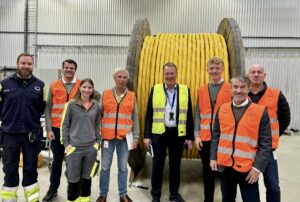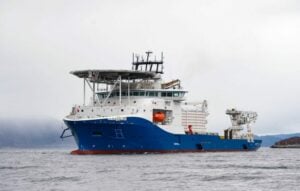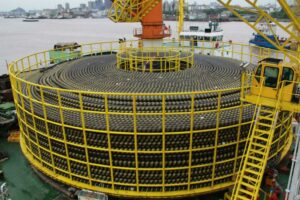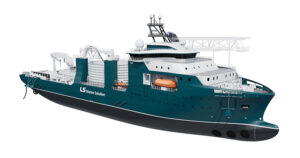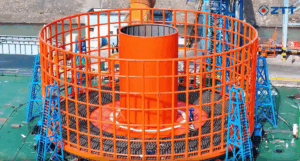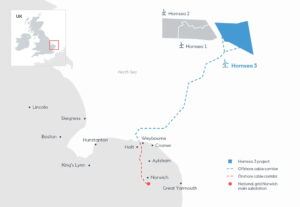Carbon Trust to Conduct Offshore Wind Cable Study (UK)
Carbon Trust is planning to conduct the offshore wind cable study.
A significant number of UK offshore wind farms have experienced difficulties associated with the installation and burial of intra-array cables. In 2011, the OWA commissioned a study to develop recommendations for optimised cable installation methodologies that could be applied to large wind farms such as the UK Round 3 developments. As a novel alternative to J-tubes, it was recommended that the feasibility and benefits of a cabling design involving free-hanging cables attached to the turbine platform be explored. The cables (dynamic or static cables) would therefore have to be designed for dynamic conditions. This novel alternative is a potential solution to reduce installation cost and has been used in Oil and Gas applications.
The cable would be connected to the platform and would be left free-hanging to the seabed, requiring use of dynamic cable designs. Cable suppliers have already confirmed the feasibility of such a cable design and the OWA Cables Technical Working Group would like to better understand the benefits.
The objectives of this study are to:
– Examine the limits, benefits and risks of using free-hanging cables to connect offshore wind turbines;
– Consider the feasibility of static cables in dynamic environments (typical of subsea conditions) and design changes that may be required to make this possible;
– Evaluate the technological, engineering and supply chain risks;
– Identify potential mitigation strategies;
– Provide a detailed assessment of the construction, installation, HSE and operation and maintenance;
– Understand fatigue and mechanical strain;
– Determine the capital and operating cost implications and any potential impact on schedule.
[mappress]
Subsea World News Staff , November 12, 2012


